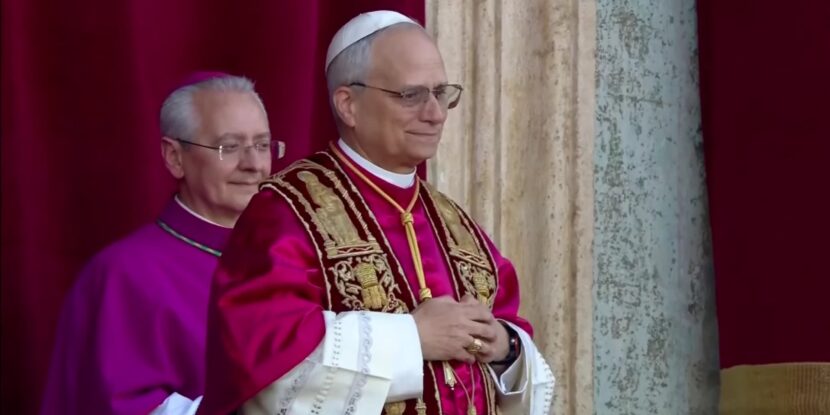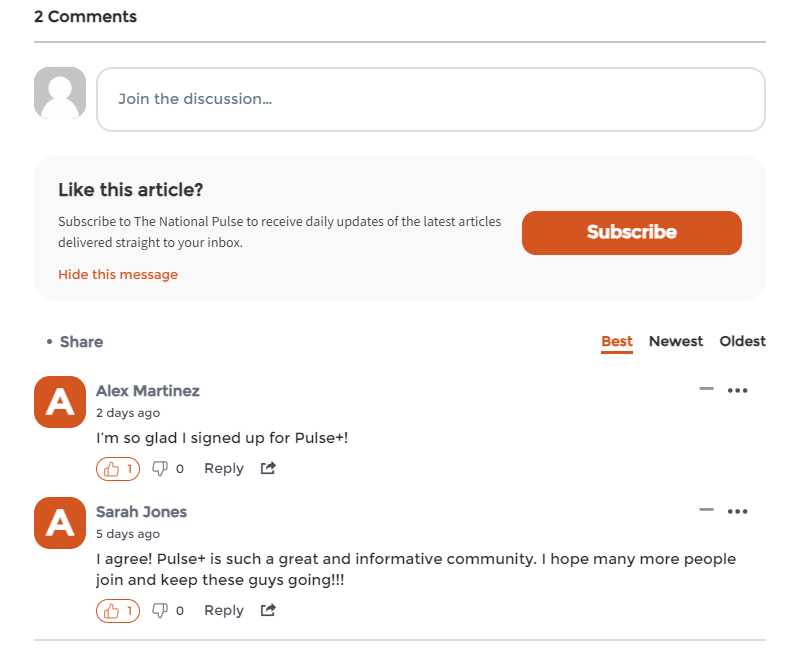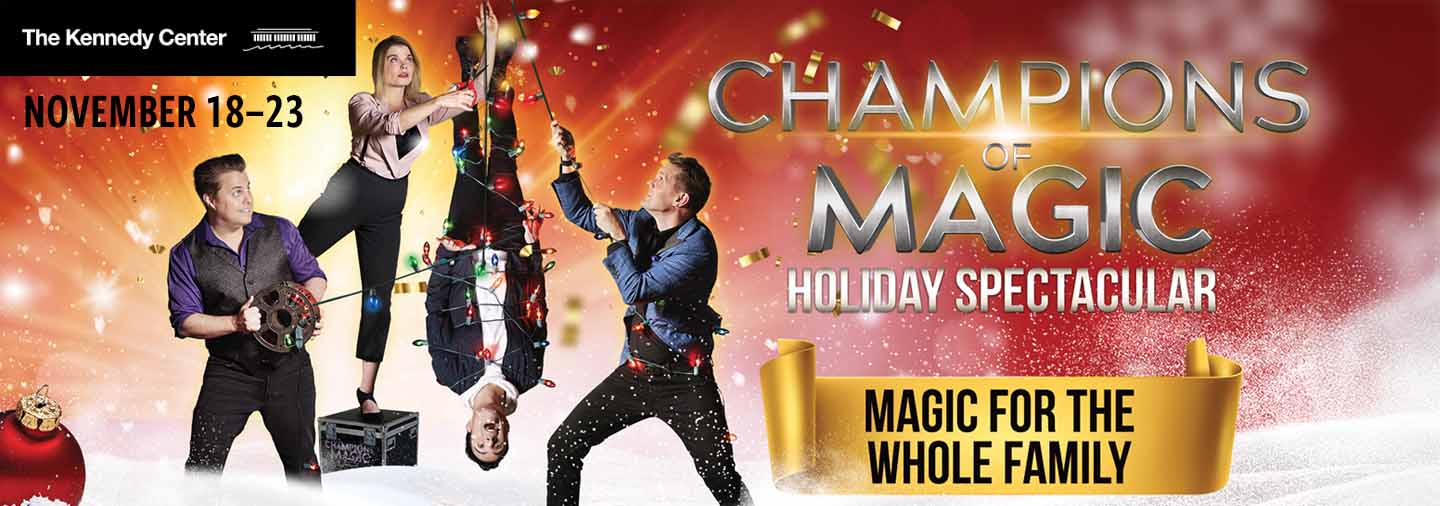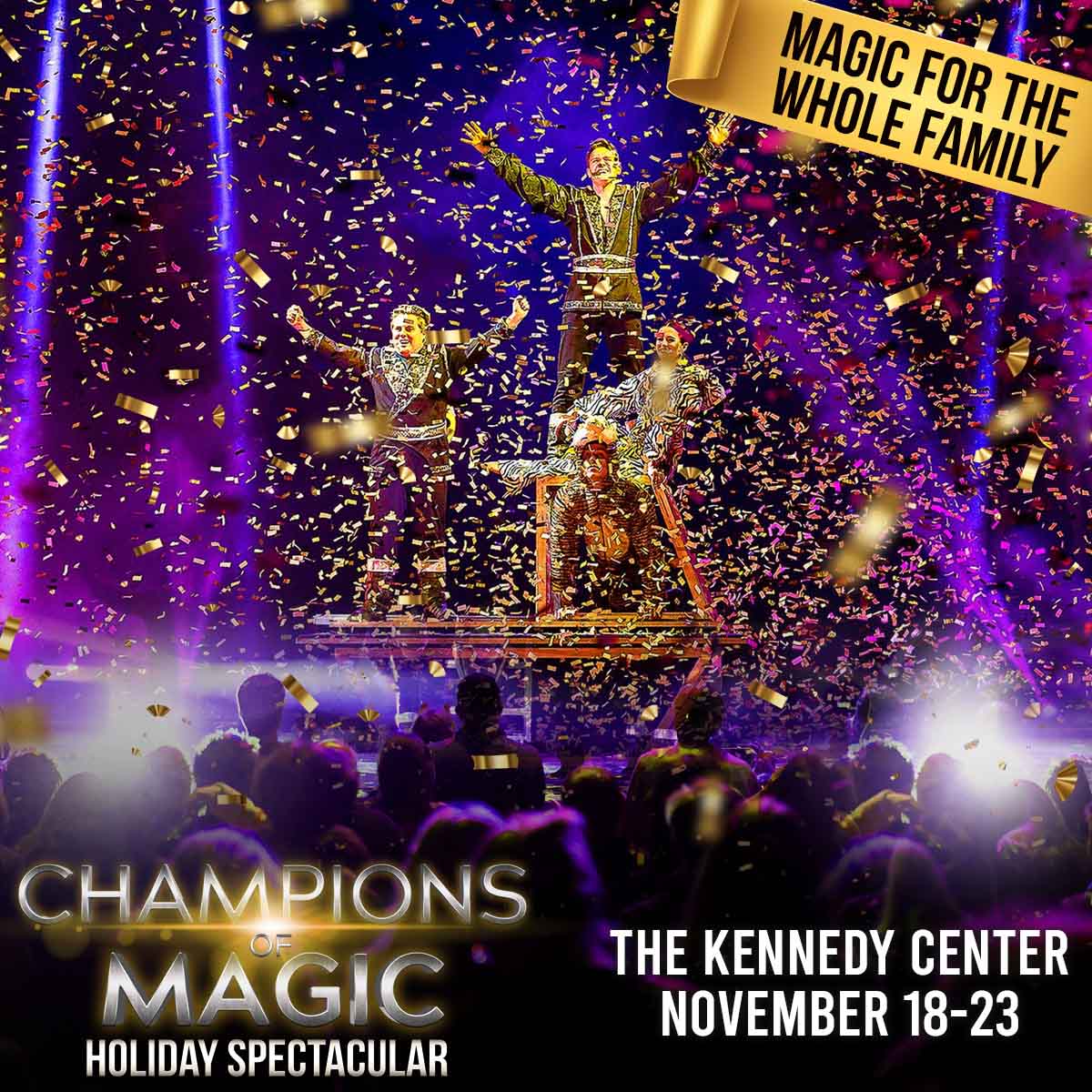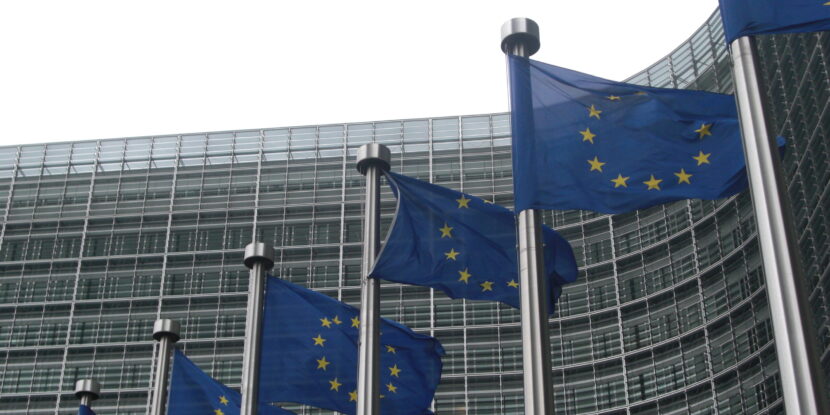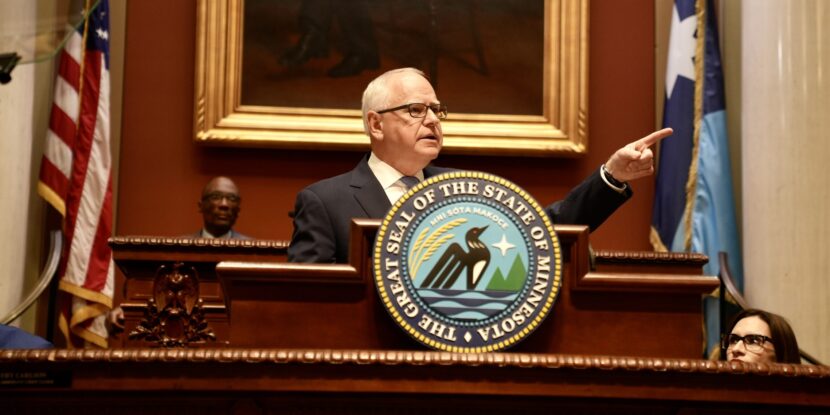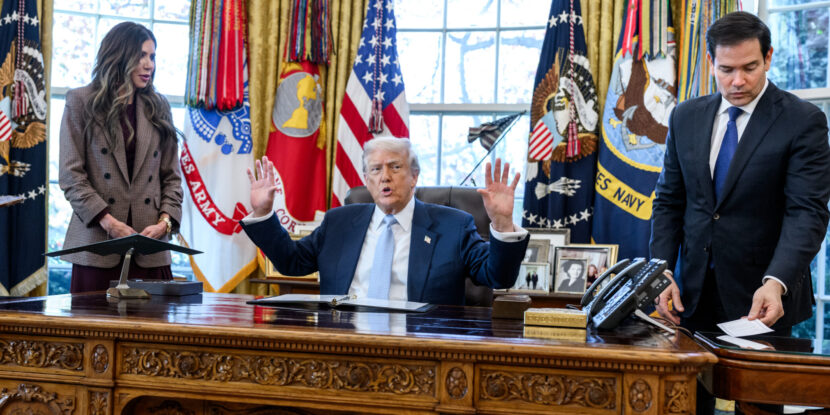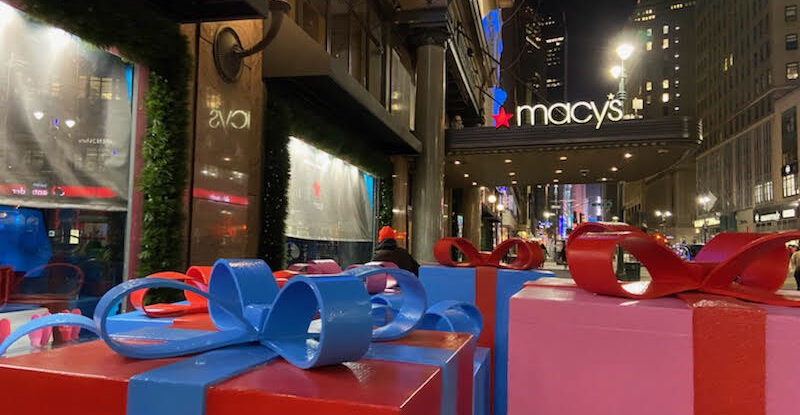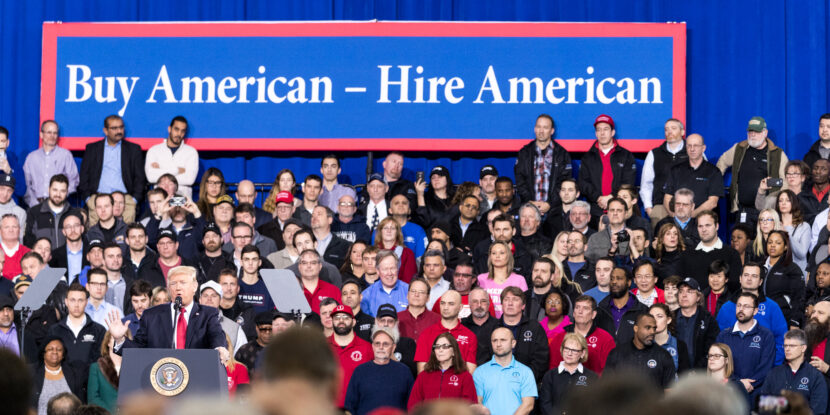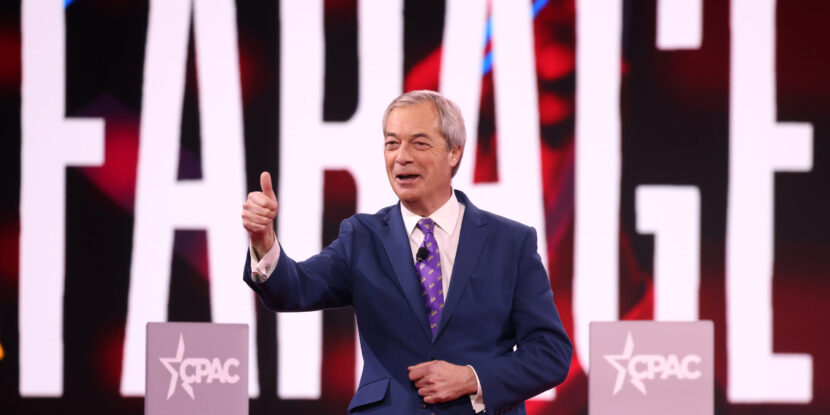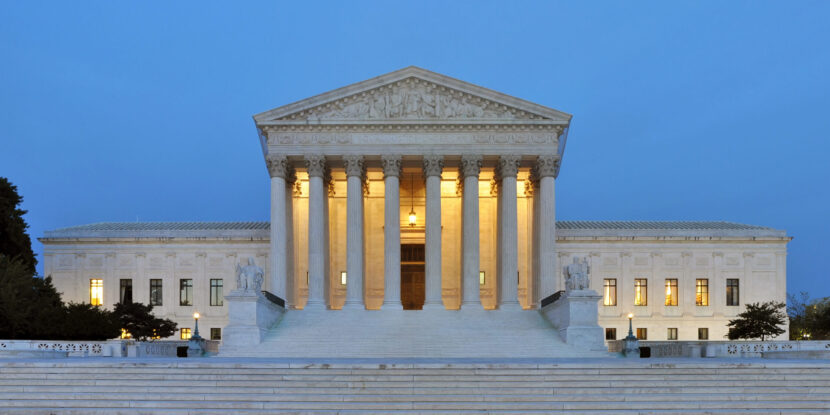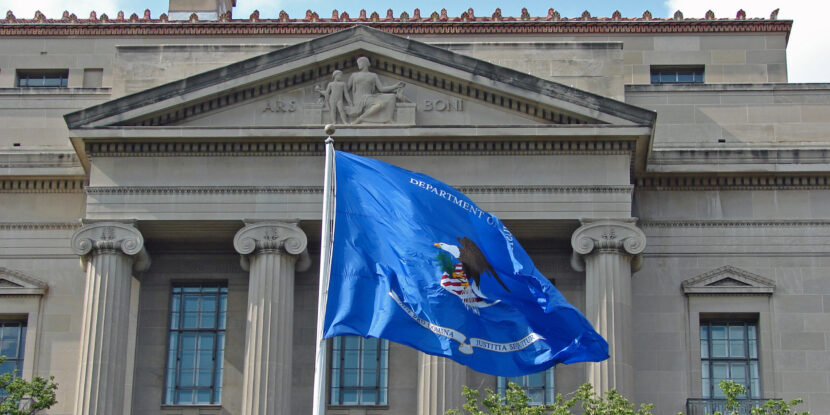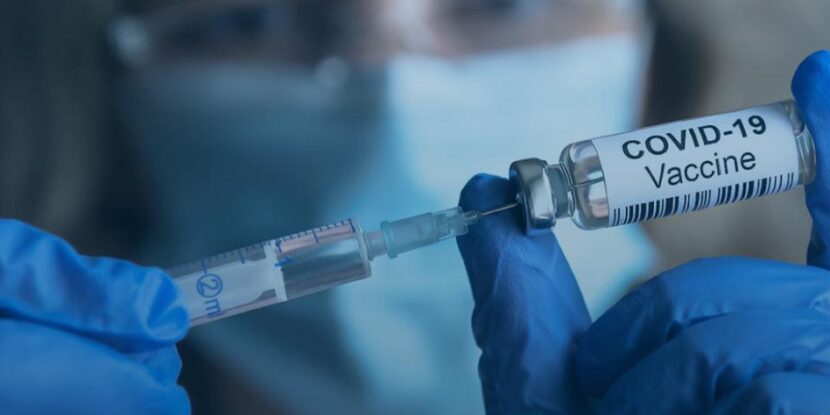PULSE POINTS:
❓What Happened: Cardinal Robert Francis Prevost, a 69-year-old Chicago native, has been elected Pope Leo XIV by the College of Cardinals, becoming the first American pontiff in history following a conclave in the Sistine Chapel.
👥 Who’s Involved: Cardinal Robert Prevost, the College of Cardinals, and the late Pope Francis, who appointed Prevost to key Vatican roles.
📍 Where & When: Vatican City, Sistine Chapel, with white smoke signaling the election on May 8, 2025.
Impact: Prevost’s election as a dual U.S.-Peruvian citizen shatters a long-standing bias against an American pope, potentially reshaping the Catholic Church’s global influence amid its 1.4 billion followers.
⚠️ Impact: Prevost’s election as a dual U.S.-Peruvian citizen shatters a long-standing bias against an American pope, potentially reshaping the Catholic Church’s global influence amid its 1.4 billion followers.
IN FULL:
In a historic upset, the College of Cardinals has elected Cardinal Robert Francis Prevost as Pope Leo XIV, making him the first American to lead the Roman Catholic Church. The 69-year-old Chicago native, who also holds Peruvian citizenship, emerged from the Sistine Chapel conclave on May 8, 2025, after white smoke signaled the selection of Pope Francis’s successor. Prevost’s rise to the papacy defies a centuries-old taboo against an American pope, given America’s geopolitical dominance, and marks a bold new chapter for the Church’s 1.4 billion faithful.
Prevost’s path to the papacy was paved by Pope Francis, who brought him to Rome in 2023 to head the Dicastery for Bishops, a critical role overseeing bishop nominations worldwide. His prominence in the Vatican gave him an edge few cardinals could match, despite his low public profile. Francis further elevated Prevost in early 2025 to the highest rank of cardinals, a clear signal of trust in the Chicagoan’s leadership. Prevost also presided over a groundbreaking reform, integrating three women into the voting bloc for bishop nominations, a move that underscored his alignment with Francis’s progressive vision.
His Peruvian citizenship, acquired in 2015, and his leadership as prior general of the Augustinian order, founded by St. Augustine in the 13th century, bolstered his global credentials. As president of the Pontifical Commission for Latin America, Prevost maintained close ties with the region’s Catholic hierarchy, home to the world’s largest Catholic population.
The conclave, attended by 133 cardinals under 80, was the largest in history, reflecting Francis’s diverse appointments. Prevost’s election, requiring a two-thirds majority, suggests he bridged divides between progressive and traditionalist factions.
